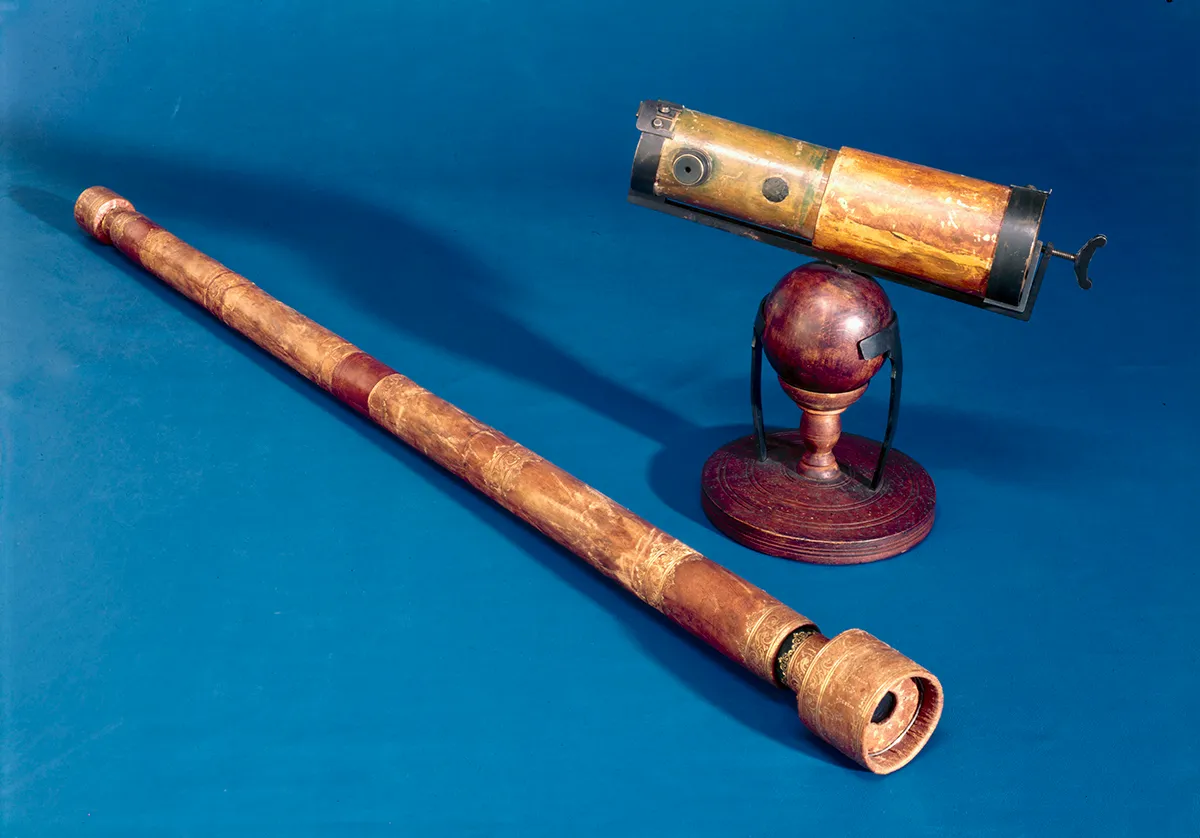In the modern era, astronomers who want a visual representation of the trajectories of the planets – whether as a teaching aid or to assist them in their own calculations – can turn to planetarium software on a computer and access two- or even three-dimensional depictions of their relative movements.
Before the computer, though, came the orrery, a working, mechanical model of the Solar System that can be used to calculate, for instance, Neptune’s position relative to the Sun and Earth in August 2025. Or in May 1784.
More astronomy history

A brief history of the orrery

The orrery has been around for a surprisingly long time.
The Antikythera Mechanism, for instance – which has been called 'the world’s first analogue computer' – is a hand-turned model depicting the Sun, the Moon and the five then-known planets that dates back to the 2nd Century BC, and which was retrieved from an ancient shipwreck in 1901.
The first known orrery to operate by clockwork was built by Italian physician, astronomer and engineer Giovanni Dondi in 1348.
His Astrarium was an 'astronomical clock' that showed the positions of the various planets – albeit wrongly, of course, because in the 14th Century the Sun was still thought to orbit Earth (geocentrism vs heliocentrism).

It wasn’t until the Enlightenment, though, that orreries really became popular.
The first modern-style orrery was built somewhere around 1710 (reports vary) by clockmaker, inventor and geophysicist George Graham, who was a fellow of the Royal Society.
A copy of Graham’s machine was then built by clockmaker John Rowley, at the behest of Charles Boyle, the 4th Earl of Orrery. So now you know where it got its name from!
Famous orreries

One of the most famous orreries is the Royal Eisa Eisinga Planetarium in the Dutch town of Franeker.
Built in his home by wool trader and amateur astronomer in the late 1770s, this mechanical orrery so delighted William I, Prince of Orange, the first king of the Netherlands, that he bought Eisinga’s house and made it a Royal Planetarium.
It’s now a museum – and yes, it is still working, making it the oldest functioning orrery anywhere in the world.
Today, various small “desktop” orreries are available, priced anywhere from £100 to £1,000. But there’s nothing quite like seeing a large, vintage orrery in action.
Some famous places where you can see one include:
- The Grand Orrery, Dumfries House, Ayrshire
- Grand Orrery, Whipple Museum, Cambridge
- Salford Museum and Art Gallery
- Grand Orrery, Bayerisches National Museum
- Strasbourg Astronomical Clock
- Rittenhouse Orrery, University of Pennsylvania
- Pope's Grand Orrery, Harvard University
Biggest in the world

The biggest in the world is thought to be the orrery at the famous Jodrell Bank Discovery Centre in Cheshire, UK.
It comprises a system of 52 brass gears that keep its planets orbiting its Sun at the correct rate.
If you happen to be in the area, be sure to go and visit it at Jodrell Bank. The centre is open to the public and visitors get the opportunity to operate it themselves.
Where are your favourite examples? Did we miss it in our list above? Gget in touch and let us know by emailing contactus@skyatnightmagazine.com

